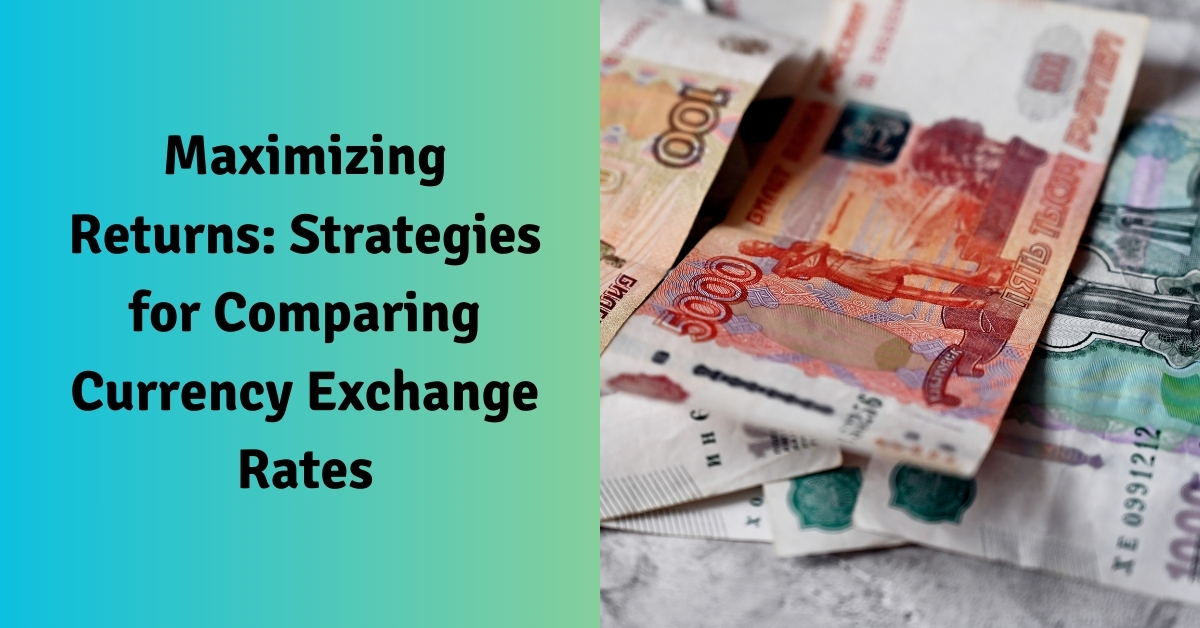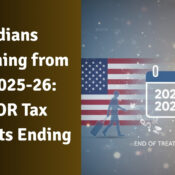Maximizing Returns: Strategies for Comparing Currency Exchange Rates

According to the World Bank, international remittances reached a staggering $689 billion in 2021, underscoring the significant impact that currency exchange rates can have on personal and business transactions.
Understanding how to effectively compare currency exchange rates can help you maximize your returns and avoid hidden costs. This article will explore efficient methods for comparing currency exchange rates, ensuring you secure the best deals worldwide.
Understanding Currency Exchange Rates
Currency exchange rates represent the rates at which one currency can be exchanged for another. These rates fluctuate constantly due to various economic and geopolitical factors, playing a crucial role in international finance and trade.
For instance, if the exchange rate between the US Dollar (USD) and the British Pound (GBP) is 1 USD = 0.75 GBP, you would receive 0.75 pounds for every dollar exchanged. These rates significantly impact the cost of goods, services, and investments across borders.
Fixed vs. Floating Exchange Rates
When dealing with currency exchange rates, it’s essential to understand the difference between fixed and floating exchange rate systems.
Fixed Exchange Rates: Fixed exchange rates, or pegged exchange rates, are set and maintained by a country’s government or central bank. These rates are tied to the value of another major currency.
-Advantages: Stability and predictability for businesses and investors. -Disadvantages: Maintaining the peg can be costly, and it may limit a country’s ability to respond to economic changes.
Floating Exchange Rates: Floating exchange rates are determined by the free market through supply and demand. The currency’s value fluctuates based on various factors, including economic indicators, investor sentiment, and geopolitical events.
-Advantages: Flexibility and self-correction capabilities. -Disadvantages: Increased volatility and uncertainty for businesses and travelers.
Factors Influencing Exchange Rates
Several key factors influence currency exchange rates, including economic indicators, interest rates, political stability, and market demand and supply.
Comparing Currency Exchange Rates
When comparing currency exchange rates, consider the following crucial aspects:
- Exchange Rate Margins: The difference between the buying and selling rates offered by banks or exchange services.
- Fees and Commissions: Transaction fees, service charges, and other additional costs.
- Currency Volatility: Understanding current market conditions and potential fluctuations.
- Market Demand and Supply: How supply and demand dynamics affect exchange rates.
- Online Tools and Comparison Websites: Utilizing real-time rate comparisons and features like rate alerts.
Conclusion
Obtaining the best deals on currency exchange rates requires a thorough understanding of the various influencing factors and the strategic use of available tools.
You can make informed decisions that maximize your returns by considering exchange rate margins, fees, commissions, and market conditions.
Online comparison tools and bank-specific offers further enhance your ability to find the most favorable exchange rates.
FAQs’
- What affects currency exchange rates?
Ans- Exchange rates are influenced by factors like a country’s economic health, interest rates, political stability, and market demand. Knowing these can help investors make better decisions.
- How can I compare currency exchange rates?
Ans- To compare rates effectively, check the exchange rate margins, fees, and commissions from different providers. Use online tools to find real-time rates and get alerts.
- What’s the difference between fixed and floating exchange rates?
Ans- Fixed rates are set by governments and remain stable, while floating rates change based on the market, offering flexibility but more risk.
- Why are exchange rate margins important?
Ans- The margin is the difference between buying and selling rates. A smaller margin means you get more value when exchanging currency.
- How do fees impact my currency exchange?
Ans- Fees and commissions can reduce the amount you receive. It’s important to compare both the exchange rate and fees to find the best deal.
- How does currency volatility affect my returns?
Ans- Currency volatility means rates can change quickly, leading to potential gains or losses. Understanding and managing this risk is key to protecting your money.
- Are there online tools to help find the best rates?
Ans- Yes, online platforms let you compare real-time rates and set alerts to get notified when your desired rate is available.
- What are the benefits of using bank-specific offers?
Ans- Banks may offer better rates to their customers, especially for large or frequent exchanges. They might also provide additional services like hedging.
- How can I protect myself from unfavorable rate changes?
Ans- You can use strategies like locking in a rate for future transactions (forward contracts) or diversifying your currency holdings to reduce risk.
- What should I look for in a currency exchange provider?
Ans- Consider the provider’s exchange rate, fees, reputation, and customer service. Also, look for any extra features like rate alerts or hedging options.



